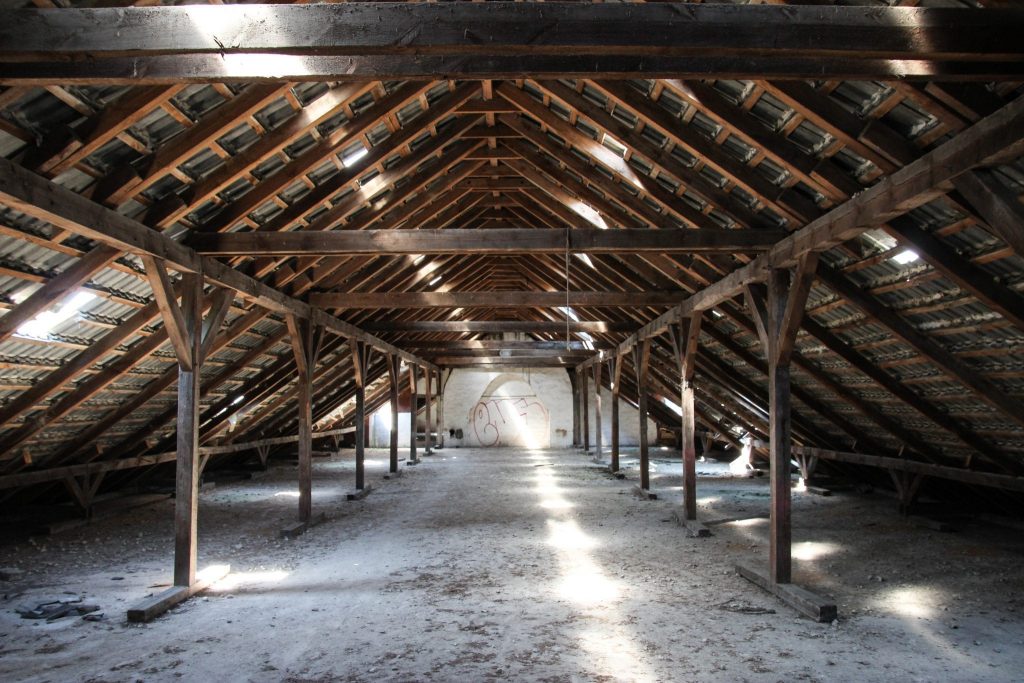
The main requirement for the attic is effective insulation. Therefore, to reduce the cost of heating the attic in the cold season and retain heat inside the home, it is important to properly install insulation in the house.
Particular attention is paid to the roof, as it is through it in winter is the most heat, and in summer it is heated more than other surfaces, resulting in a suffocating atmosphere in the premises. Thus, the insulation of the attic is not a whim, but a vital necessity for those who plan to equip their home as comfortably as possible.
Features of a choice of the heat-insulating materials used for warming of an attic
Before you insulate the attic, it is important to choose the right insulation materials. This takes into account:
- type of house/building;
- materials from which the house is built;
- insulation materials and their key properties;
- type of roof construction and coating;
- the technology of works on thermal insulation of the attic.
When choosing insulation materials, the following requirements are taken into account:
- thermal conductivity of the material – heat retention in the room is possible only under conditions of low thermal conductivity;
- moisture resistance – this parameter must be sufficient to prevent wetting of the insulation;
- resistance to periodic temperature changes;
- increased strength and long service life;
- fire and environmental safety.
You should also pay attention to the thickness of the insulating layer to save as much useful space while taking into account the characteristics of the house and climatic conditions in the region of residence.
The most popular materials used for insulation of attics are:
- foam,
- extruded polystyrene,
- fiberglass,
- polyurethane foam,
- eco wool,
- mineral wool.
Attic insulation technology – how right?
The attic is the coldest room in any residential building – its walls are much thinner than standard, and the greatest amount of heat goes through the roof. Therefore, this room needs comprehensive insulation: insulation of walls (interior and exterior), as well as floor and roof.
Before you start to insulate the attic, you should get acquainted with the main stages of work:
1. Insulation of the attic flooring can be made in the following ways:
- Dry screed – involves laying a base coat for the floor of the waterproofing layer, backfilling of granular material, and installation of two-layer boards based on mineral fibers;
- Wooden floors of the classical type – they formed voids, as a rule, are filled with insulators on a mineral basis;
- Underfloor heating system.
2. Insulation of attic walls – involves lining the walls of the attic with drywall, with an inner lining of mineral or basalt wool. It should be borne in mind that drywall must be sufficient moisture resistant and have anti-flammable properties. If there are planned communications – they are laid on top of the insulation, at the stage of cladding wall frames.
3. Insulation of the attic ceiling – this is the most difficult stage of insulation work, as this part of the attic performs both the function of the ceiling and the function of the roof of the house. At the same time do not forget about a large number of roof beams.
Additional recommendations
Even if the construction of the house was done well, there is a risk of a leaking roof. The reasons may be climatic conditions, the decline of quality roofing materials, or other factors. In this case, the use of a waterproofing membrane is mandatory – it will protect the insulating material from possible loss of efficiency and mechanical deformation.
Picture Credit: Unsplash
